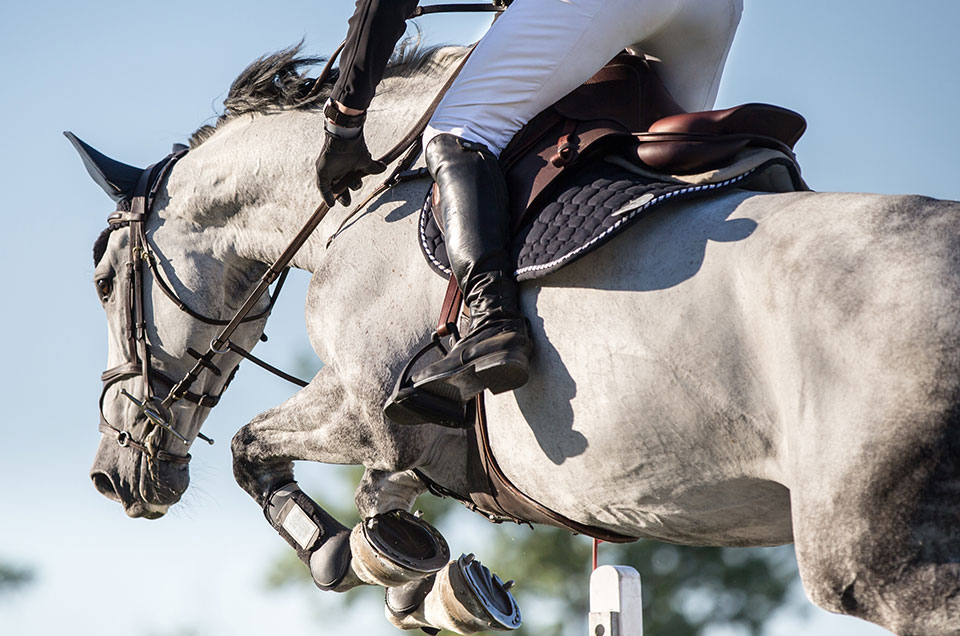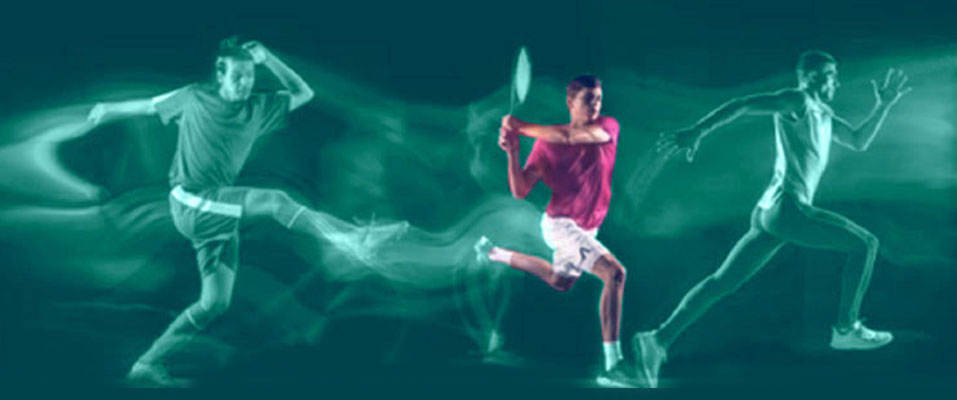
The sixth most popular sport across the UK in terms of frequent adult participation, equestrian presents a unique challenge in that rider safety needs to account not only for the weight and position of the athlete but also the tremendous additional loads and moments generated by the horse. Podium Institute research is primarily focused on reducing the impact of head and spinal injuries, with a key focus on advanced data-driven modelling of the biomechanical cause of these injuries as a tool to develop improved means of rider protection and enhanced helmet design. The development, testing and validation of appropriate standards for next-generation protective equipment that minimises not only the likelihood of fractures but also the probability of concussion constitutes a further research focus.
One of the top 10 most popular sports across the UK, snowsport presents unique safety challenges by virtue of the high velocities often reached by athletes at the time of the potential impact. With an initial focus on minimising head injuries, novel wearable sensors are being developed and tested that can provide a continuous data record of the forces experienced by athletes during normal descents and at the moment of impact. Early stage multi-modal studies aim to correlate these through personalised modelling to structural and functional imaging of the athletes acquired within a few hours of injury, with the intention of informing the next-generation of helmet designs and other safety features to minimise the long-term impact of injury.


Football is the second most popular sport in the UK, with over 2 million adults and 1.5 million children playing it at least twice per month. Our two key focus areas are understanding the short- and long-term effects of head impacts occurring either between ball and player or amongst players, and developing an improved understanding of the biomechanical causes and potential prevention of knee injuries. Ongoing multi-modal studies are enabling functional MRI scanning of teenage and adult athletes shortly after head impacts, in order to understand and characterise their functional as well as structural implications. Computer vision techniques and wearable sensors are also being utilised to inform advanced modelling of brain and knee biomechanics.
The unavoidable intensity of rugby match play as a fast-paced team sport means that players experience extreme physical stresses both during training and during games. With a particular focus on improving understanding and prevention of head injuries, multi-modal studies have been initiated at both the professional and youth level. The aim is to enable, for the very first time, correlation of the measurements of forces, accelerations and contacts experienced during play, with functional and structural brain imaging and other biomarkers measured within a few hours of a clinically significant head impact. The ultimate vision is to develop a ubiquitous Head Impact Dose (HIDe) metric that is based on a fundamental biomechanical understanding of the potential mechanisms of brain injury across both concussive and sub-concussive impacts, and can thus be used to facilitate player management and recovery.

